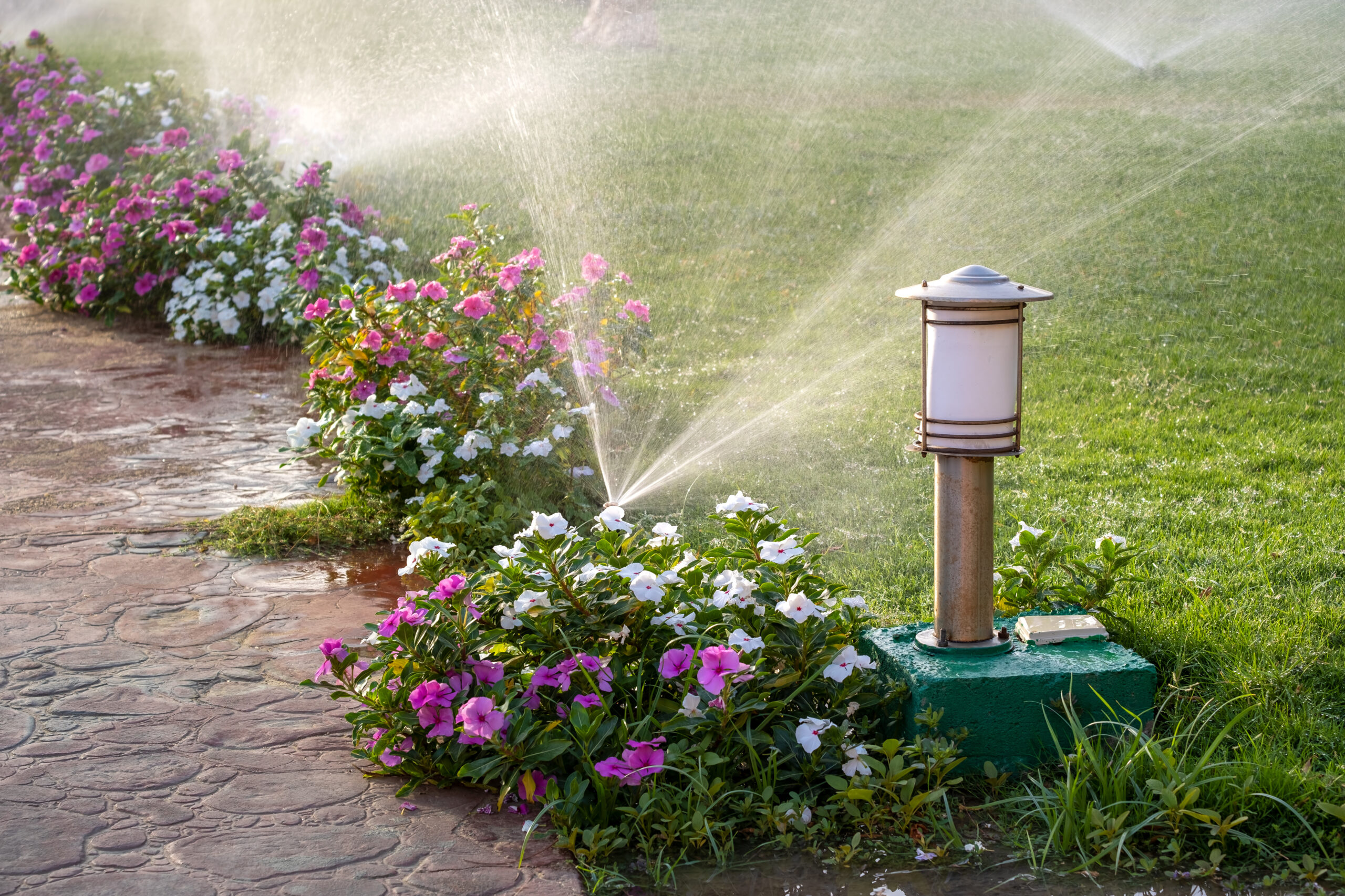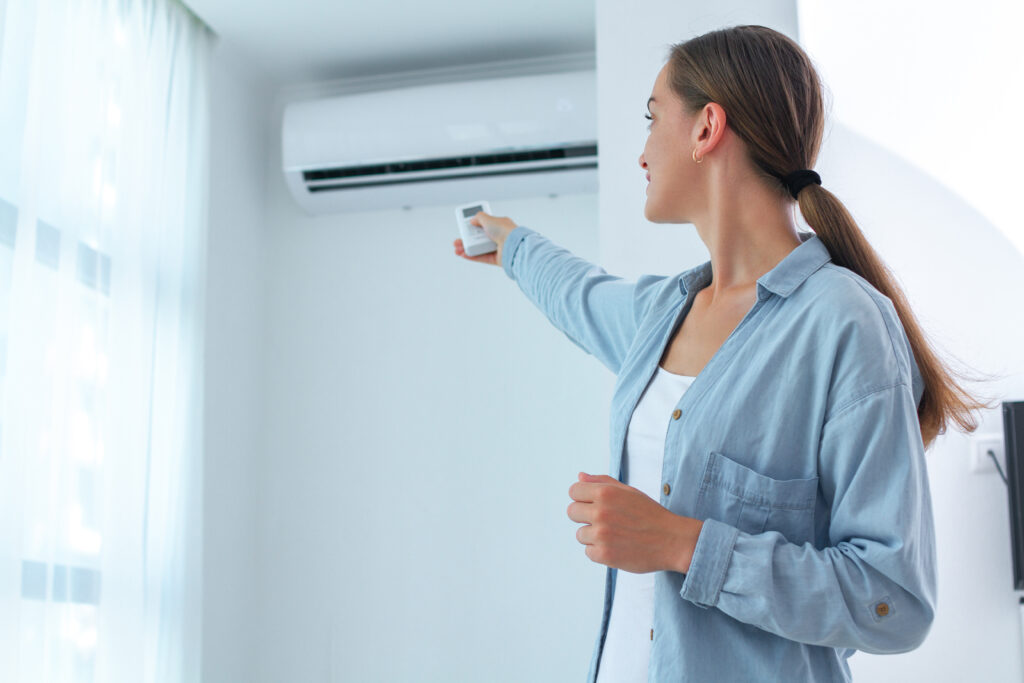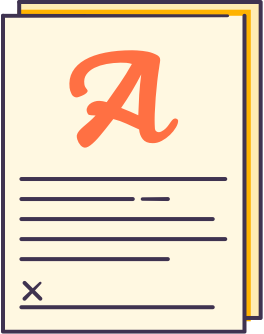How to Find Leaks in Your Sprinkler System (And What to Do About Them)
So you’ve noticed your water bill creeping up or spotted some stubborn wet patches in the yard that never seem to dry out. Yep. Chances are, your sprinkler system has sprung a leak. And if you’re anything like the rest of us—juggling dinner, work emails, and somehow fixing life’s little household hiccups—you’re probably wondering: How do I even find a leak in my sprinkler system? Is this easy enough to DIY or is this a “call for backup” situation? Let’s sort through that confusion together.
Understanding Your Sprinkler System: How It Works
Before we go poking around in the grass looking for puddles and mystery drips, it helps to understand how a sprinkler system actually works. Think of it as a network of valves, pipes, and sprinkler heads (those pop-up things) all connecting back to a control box, usually mounted on the side of your house or garage. When the timer kicks in, the control box opens certain valves, water pushes through the pipes, and the sprinkler heads distribute water across the zones you’ve set. That’s the short version, but when one part of this chain fails—say, a pipe cracks or a seal goes bad—water ends up where it’s not supposed to be. Cue the leaks.
Common Signs of a Leaky Sprinkler System
If something feels off about your system, your backyard probably has some stories to tell. Keep an eye out for soggy lawn patches that feel like overcooked oatmeal under your sneakers, inexplicable drops in water pressure, or certain zones that never seem to turn off. Sometimes a sprinkler head itself will bubble or sputter water even when the system is off. (Yes, that’s weird. No, that shouldn’t happen.) Your water bill may also throw up a red flag before your grass does—especially if there’s a sudden spike without any major changes in water usage. If you’re seeing any of these symptoms, it’s time to get your hands dirty or schedule a pro to take a look.
How to Inspect and Find the Leak
Alright, so now we suspect a leak. Let’s confirm it. Start by turning off all water use inside your home, then head out and check your water meter. If the dial is still spinning, bingo—water is flowing somewhere it shouldn’t. Next, activate your sprinkler system one zone at a time. Walk the area while it’s running. What you’re looking for is overly saturated patches, water pooling near a head, or water seeping out from the ground that looks suspiciously like a swamp in the making. Also, pay attention to sprinkler heads that aren’t spouting water at the typical pressure—they might be clogged, cracked, or just plain toast. When the system is off, give each sprinkler head a tug to make sure it isn’t loose or leaking at the base. Feel around valves and look for any puddling or unusual dampness inside irrigation boxes. It’s kind of like playing detective only… outside. In the dirt. And without a magnifying glass.
What Causes Sprinkler Leaks in the First Place?
Leaks don’t just happen out of the blue. There’s usually a culprit. Sometimes it’s a cracked or broken underground pipe—often caused by root overgrowth or good old-fashioned wear and tear. Cold winters can freeze remaining water in fragile PVC pipes, which will naturally expand and crack. Other times, the valve seals age out and stop closing properly, or sprinkler heads take a hit from lawnmowers, kids or playful—let’s be honest—chaotic dogs. Improper installation isn’t off the hook either; buried pipes that weren’t trenched low enough can sneak up to the surface and get damaged. The key is catching it before it becomes a full-blown plumbing meltdown.
DIY Fixes Versus Professional Help
If you’re the handy type, minor leaks are often fixable with a quick trip to the hardware store. Broken sprinkler heads can typically be unscrewed and replaced in minutes. A cracked pipe might require a little digging, some PVC primer and cement, and a new fitting. Small valve leaks might be solved with an O-ring replacement. But—and it’s a big but—if you start unearthing half your lawn, it might be time to call in an irrigation technician. These folks have acoustic leak detection tools and pressure gauges that can find issues invisible to the naked eye. Plus, they’ll save you from a three-day adventure in amateur landscaping.
Preventing Future Sprinkler System Issues
Here’s the part where we gently nudge you toward the preventative path—because the best leak is the one that never happens. Each spring, when you’re uncovering your patio furniture and realizing your rake somehow vanished again, also test your sprinkler system. Flush it zone by zone. Replace damaged heads on the spot. Drain your pipes in the fall if you live in a colder climate or install a blow-out system to prevent freezing. Label your zones clearly at the control box to keep track of what’s where. Treat it like a routine oil change, and your future self will high-five you.
Why Sprinkler Systems—and Issues—Belong in Your Home Warranty Conversation
Here’s the deal. Sprinkler systems often fly under the radar when you’re reviewing a home warranty plan. But the costs can stack up—fast. Underground repairs are no joke, and because they aren’t always covered under traditional home insurance policies, you’re eating the full bill unless you’ve invested in a coverage plan made with systems like this in mind. That’s why Armadillo is built differently. We’re all about helping homeowners like you deal with the unpredictable—from water lines to wall ovens—with real coverage and a real person ready to help on the other end. Our customizable home warranty plans are designed to cover what actually matters to you. Check out our site at armadillo.one to explore how we work, and if you’re ready to build a plan that fits your life and your lawn, hop right into our signup flow here: Start building your plan. It takes a few minutes, and it could save you from future sprinkler system mysteries. And hey—you’ll get that peace of mind. Which is nice, especially when your to-do list already feels too long.

























